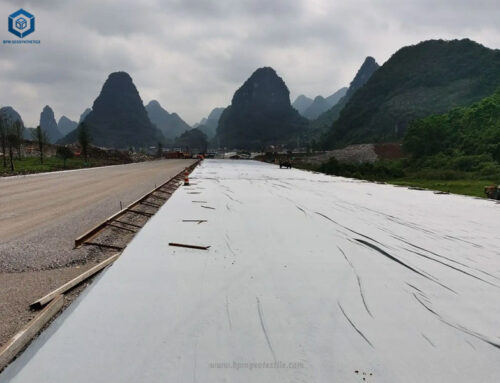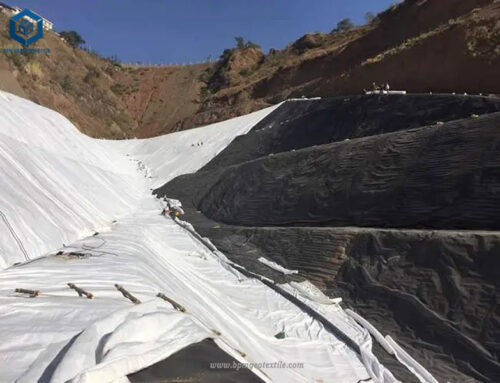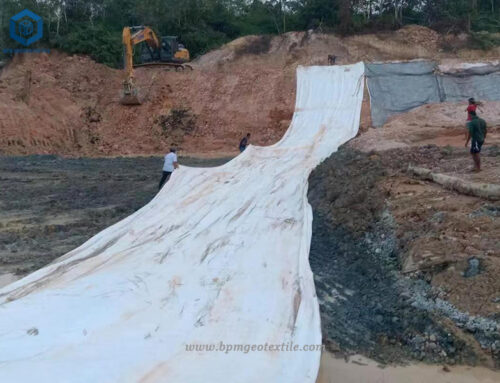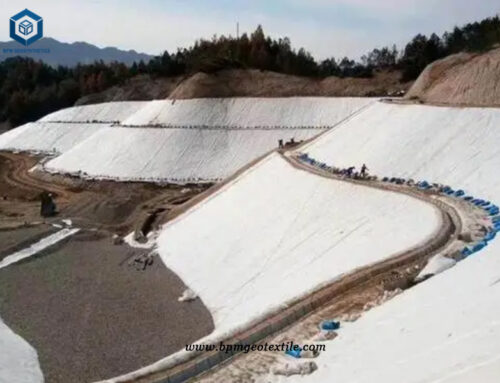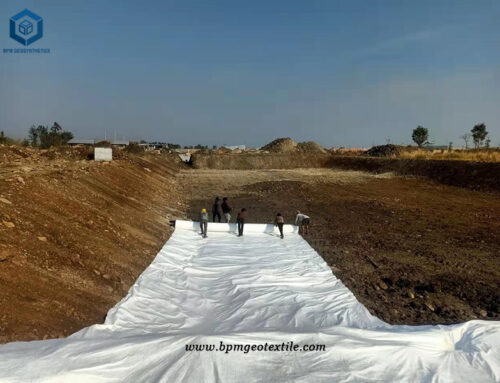Geotextile stabilization fabric is generally the non woven geotextile which is of ever-growing importance for soil reinforcement applications. Geotextile fabric is often made of synthetic or natural polymeric materials which is used in contact with soil, rock or other geotechnical materials. The main basic classes of polymers applied for geotextile fabric production is polyethylene, polypropylene, polyester and polyvinyl chloride. BPM geotextile fabric offers optimum performance per unit weight which features high tensile strength and puncture resistance, good acid and alkali resistance, excellent drainage and anti-aging properties, etc. Geotextile stabilization fabric is widely used for separation, filtration, drainage, protection and reinforcement functions in civil environmental engineering and construction projects.
What Are Characteristics Of Geotextile Stabilization Fabric?
Geotextile fabric, also known as stabilization geotextile, is a type of nonwoven geotextile specifically designed for reinforcing roads, embankments, and other civil engineering structures. It has several characteristics that make it suitable for these applications:
- Tensile Strength: High tensile strength ensures the fabric can withstand the forces exerted by the surrounding soil and traffic or other loads.
- Abrasion Resistance: Ability to resist mechanical wear from contact with aggregate or soil particles, ensuring long-term performance.
- Ultraviolet (UV) Resistance: UV resistance prevents degradation from prolonged exposure to sunlight, maintaining its strength and function over time.
- Permeability: Sufficient porosity allows water to flow through, preventing water buildup and facilitating proper drainage.
- Chemical Resistance: Resistance to chemical attack from soil, water, or other chemicals present in the environment.
- Dimensional Stability: Maintains its shape and dimensions under various stresses and environmental conditions.
- Flexibility: Adapts to different terrains and can be easily installed around curves and irregular surfaces.
- Interlocking Capability: The fabric’s fibers can interlock with the surrounding soil, improving the composite material’s overall stability.
- Environmental Compatibility: Made from materials that are non-toxic and do not pollute the surrounding environment.
- Installation Friendliness: Designed for easy handling and installation using various methods such as stakes, stitching, or overlapping and sewing.
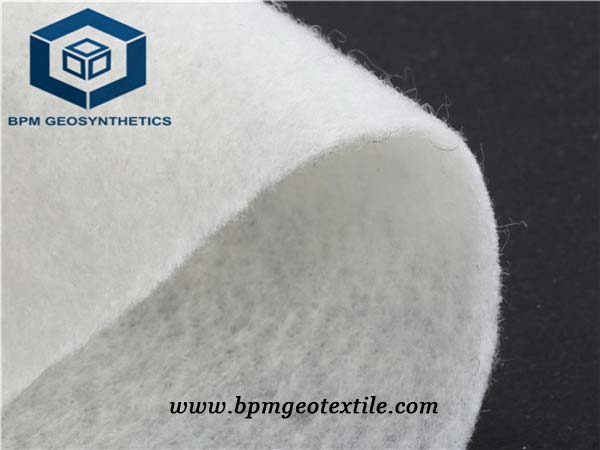
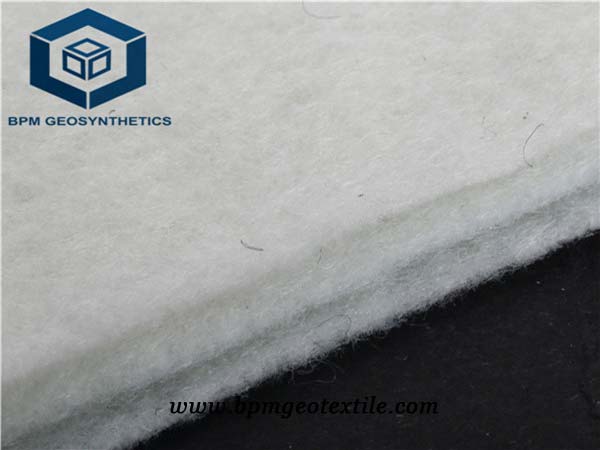
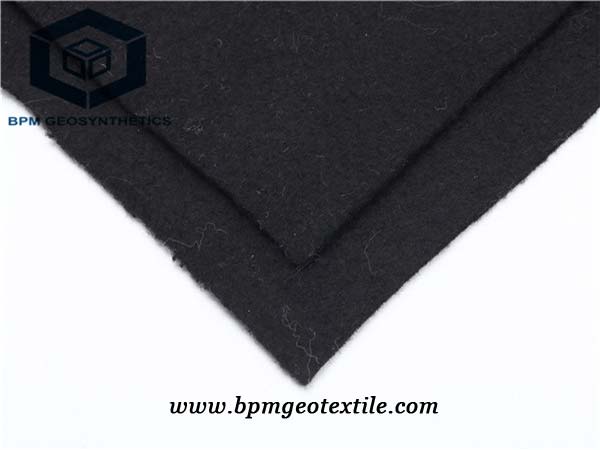
Case Study
Our Mendi-Kandep customer got a tender for geotextile stabilization fabric for soil reinforcement. Mendi-Kandep is located in a tropical rainforest with abundant rainfall. So we recommended them to order the 200g/m2 nonwoven geotextile. Furthermore, we gave her the total solution about this project. As our geotextile rolls are often in 6m width, but the weak foundation of her project is in about 4m width, we suggested her the remained 2m geotextile rolls can be used for other application like pipe wrapping. After communication and negotiation, finally, she confirmed the quality of our nonwoven geotextile -geotextile stabilization fabric, so she placed an order and accepted the geotextile stabilization fabric products 2 weeks later.
Specifications – Soil Reinforcement
- Geotextile fabric specification – 200 g/m2
- Each roll size – 6m*50m
- Construction period–one month
About BPM
BPM had provided many types of effective and states of the art geomembrane, geotextile and other geosynthetics to over 36 countries. Our main customers are from Australia, France, Sweden, UK, Hong Kong, Hungary, New Zealand, Poland, Mexico, Ecuador, Brazil, Pakistan, Bangladesh, Thailand, Vietnam, Malaysia, Indonesia, Singapore, Philippines, Sri Lanka, India, UAE, Saudi Arabia, Qatar, Kenya, Ghana, Ethiopia, Somalia, Nigeria, South Africa, Swaziland, Mongolia etc.
BPM is also providing professional design and installation service. OEM and ODM are also available. If you have any questions or inquiries, please fill and submit the following form, we will reply as soon as possible.

